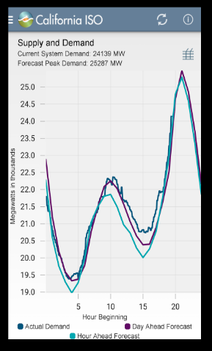|
Week Ten CalTRACK Update The CalTRACK working group finalized discussions on Building Qualifications during the first half of Thursday’s (4/12) meeting and dove into the hourly methods during the second half. Bill Koran from SBW consulting provided a helpful overview of hourly models and the ECAM energy data analysis tool. The major findings of this meeting are summarized below: Building Qualification Observations and Recommendations: Main observations that were driving the recommendations:
 Goals for Hourly Methods: Hourly models are necessary for estimating the load impact of energy efficiency. This makes hourly energy savings important information for aggregators and utilities in an energy efficiency marketplace. Our goal is to establish suitable methods for calculating whole building hourly energy savings for residential and commercial buildings. Additionally, the methods will include guidelines for aggregating site-level savings. Discussion Topics: We have allotted three weeks to test and discuss hourly methods. Below are some important topics that will need to be addressed:
Homework:
1 Comment
|
The purpose of this blog is to provide a high-level overview of CalTrack progress.
For a deeper understanding or to provide input on technical aspects of CalTrack, refer to the GitHub issues page (https://github.com/CalTRACK-2/caltrack/issues). Recordings
2019 CalTRACK Kick Off:
CalTRACK 2.0 July 19, 2018 June 28, 2018 June 7, 2018 May 24, 2018 May 3, 2018 April 12, 2018 March 29, 2018 March 15, 2018 March 1, 2018 February 15, 2018 February 1, 2018 Archives
March 2024
|

 RSS Feed
RSS Feed
